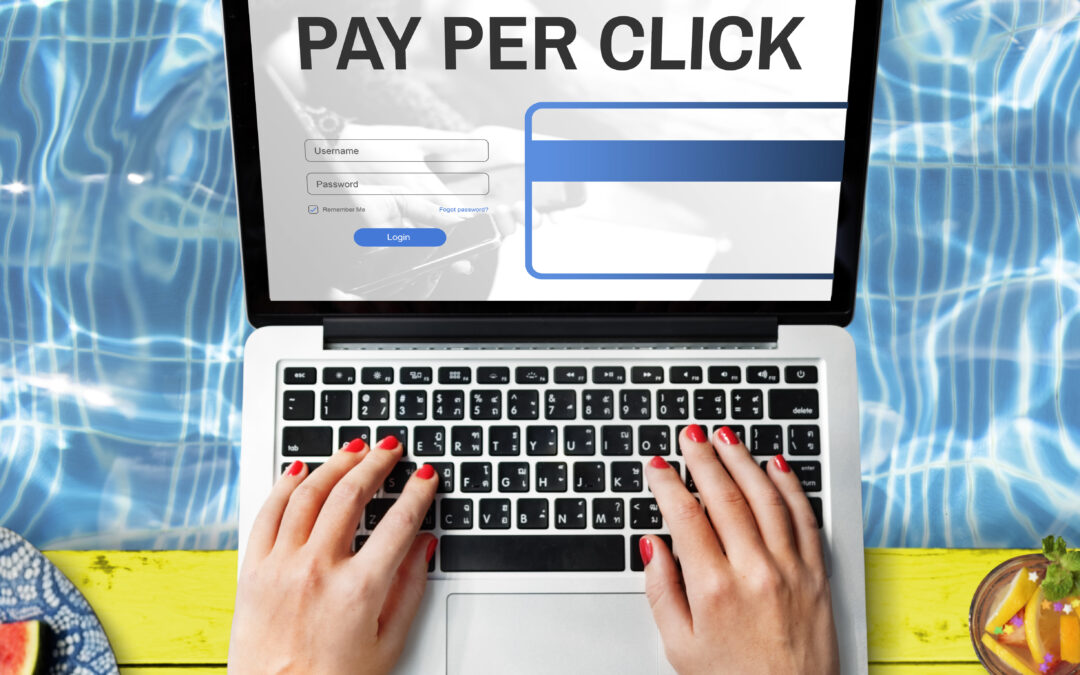In today’s fast-paced business environment, procurement management plays a pivotal role in ensuring organizations operate efficiently and cost-effectively. A critical component of procurement management is the Procurement to Pay (P2P) module, a comprehensive solution that automates and streamlines the entire procurement process—from requisition to payment.
This detailed article explores the Procurement to Pay module, breaking down its definition, key components, benefits, challenges, and best practices. By the end, you will understand why the Procurement to Pay module is essential and how it revolutionizes procurement management across industries.
Table of Contents
What is Procurement Management?
Before diving into the Procurement to Pay module, it’s important to first understand procurement management itself. Procurement management is the strategic process of sourcing, acquiring, and managing the goods and services a company needs to operate effectively.
Goals of Procurement Management Include:
-
Ensuring timely availability of materials and services
-
Securing cost-effective purchases
-
Maintaining strong supplier relationships
-
Reducing risks and inefficiencies across the supply chain
Procurement management goes beyond just purchasing—it involves building sustainable supply chains, managing contracts, and aligning procurement activities closely with overall business goals.
Defining the Procurement to Pay (P2P) Module
The Procurement to Pay module is a technology-driven system designed to automate and oversee the end-to-end procurement process. It covers every step—from identifying the need, requesting goods or services, purchasing, receiving, and finally making payment to the supplier.
Put simply, the P2P module connects procurement activities with accounts payable, ensuring a seamless flow from purchase requisition to invoice payment.
Also known as Purchase to Pay or Source to Pay (S2P), the focus of the P2P module is the transactional part of procurement—ensuring goods and services are paid for promptly and accurately.
Why Procurement to Pay is Essential in Modern Businesses
In an era dominated by digital transformation and global competition, businesses must optimize procurement to gain a competitive edge. The Procurement to Pay module offers:
-
Automation to reduce manual errors and paperwork
-
Real-time visibility into spending and supplier performance
-
Enhanced compliance with company policies and regulatory standards
-
Cost savings through better negotiation and purchase tracking
-
Improved supplier collaboration
Without a strong Procurement to Pay system, companies face risks such as overspending, delayed payments, supplier dissatisfaction, and lack of control over procurement cycles.
Key Components of the Procurement to Pay Module
The Procurement to Pay module comprises several interrelated components, each crucial to a smooth procurement cycle:
a. Requisition Management
Allows users to create and submit purchase requests that kick off the procurement process.
b. Supplier Management
Maintains a database of approved suppliers, including performance metrics, contracts, and compliance data.
c. Purchase Order Management
Generates, approves, and tracks purchase orders (POs) sent to suppliers.
d. Goods Receipt and Inventory Management
Confirms receipt of goods/services and updates inventory accordingly.
e. Invoice Management
Processes supplier invoices, matching them against POs and receipts to verify accuracy.
f. Payment Processing
Automates payment approvals and disbursements, ensuring timely supplier payments.
g. Reporting and Analytics
Provides insights into spending trends, supplier performance, and procurement efficiency.
Together, these components ensure procurement is efficient, transparent, and aligned with business objectives.
How the Procurement to Pay Process Works
Understanding the Procurement to Pay workflow highlights opportunities for optimization:
-
Purchase Requisition
An internal department identifies a need and submits a purchase requisition. -
Approval Workflow
The requisition is routed for approval based on company rules. -
Purchase Order Creation
Upon approval, a purchase order (PO) is created and sent to the supplier. -
Order Fulfillment
The supplier delivers goods or services as per the PO. -
Goods Receipt
The company confirms receipt, updating inventory and triggering the next step. -
Invoice Receipt and Matching
Supplier invoice is received and matched against the PO and goods receipt. -
Payment Processing
After validation, payment is made according to agreed terms. -
Reporting and Auditing
All transactions are recorded for transparency, audit, and analysis.
Using a Procurement to Pay module automates and tracks this entire cycle, boosting efficiency and accountability.
Benefits of Implementing a Procurement to Pay Module
Adopting a Procurement to Pay module offers significant advantages:
-
Improved Efficiency: Automation reduces manual tasks and speeds up procurement cycles.
-
Cost Control: Real-time visibility enables spotting and acting on cost-saving opportunities.
-
Risk Mitigation: Automated compliance checks reduce fraud and policy violations.
-
Stronger Supplier Relationships: Faster payments and clear communication foster trust and collaboration.
-
Data-Driven Decisions: Advanced analytics deliver actionable procurement insights.
-
Enhanced Auditability: Comprehensive records support audits and regulatory compliance.
These benefits strengthen financial health and operational agility across organizations of all sizes.
Challenges in Procurement to Pay and How to Overcome Them
While valuable, implementing a Procurement to Pay system can encounter hurdles:
Common Challenges:
-
Resistance to Change: Employees accustomed to manual processes may resist automation.
-
Data Accuracy Issues: Poor-quality data can cause errors and payment delays.
-
Integration Complexity: Aligning P2P software with existing ERP/accounting systems can be difficult.
-
Supplier Adoption Barriers: Some suppliers may hesitate to use electronic invoicing or portals.
Overcoming Strategies:
-
Implement comprehensive training and change management initiatives.
-
Conduct rigorous data cleansing before deployment.
-
Choose P2P solutions with strong integration capabilities.
-
Engage suppliers early and provide onboarding support.
Addressing these challenges ensures a smoother P2P adoption and greater ROI.
Popular Procurement to Pay Software Solutions
Several market-leading Procurement to Pay software options cater to various business needs:
-
SAP Ariba: Known for its extensive supplier network and cloud platform.
-
Coupa: User-friendly interface with powerful analytics.
-
Oracle Procurement Cloud: Seamlessly integrates with Oracle ERP systems.
-
Jaggaer: Industry-focused procurement solutions.
-
Basware: Specialized in invoice automation and global e-invoicing.
Selecting the right P2P software depends on your company size, budget, and current IT infrastructure.
Best Practices for Optimizing Procurement to Pay Processes
Maximize your Procurement to Pay module effectiveness by following these practices:
-
Standardize Processes: Clear, consistent workflows reduce confusion and delays.
-
Automate Wherever Possible: Workflow automation minimizes manual errors.
-
Keep Supplier Data Updated: Accurate data prevents mismatches and delays.
-
Monitor KPIs: Track procurement cycle time, compliance rates, and cost savings regularly.
-
Conduct Training: Regular user education improves adoption and efficiency.
-
Leverage Analytics: Use data insights to continuously refine procurement strategies.
These best practices help organizations fully realize the benefits of P2P automation.
The Future of Procurement Management and Procurement to Pay
The Procurement to Pay module is evolving rapidly, shaped by emerging technologies:
-
Artificial Intelligence (AI): Enables automated decision-making and predictive analytics.
-
Blockchain: Adds transparency and security to supplier transactions.
-
Robotic Process Automation (RPA): Further automates repetitive procurement tasks.
-
Mobile Accessibility: Empowers users to manage procurement anytime, anywhere.
-
Sustainability Integration: Embeds environmental and ethical considerations into purchasing decisions.
Companies embracing these trends will future-proof their procurement management and gain lasting competitive advantages.
Conclusion
The Procurement to Pay module stands as a cornerstone of modern procurement management, offering a comprehensive, automated solution to streamline purchasing and payment workflows. By enhancing transparency, enforcing compliance, and accelerating procurement cycles, the P2P module drives efficiency and cost savings while fostering stronger supplier relationships.
For businesses aiming to remain competitive and agile, investing in a robust Procurement to Pay system is no longer optional—it’s a strategic imperative. Whether you run a small enterprise or a large corporation, optimizing your P2P process can yield significant operational and financial benefits.






